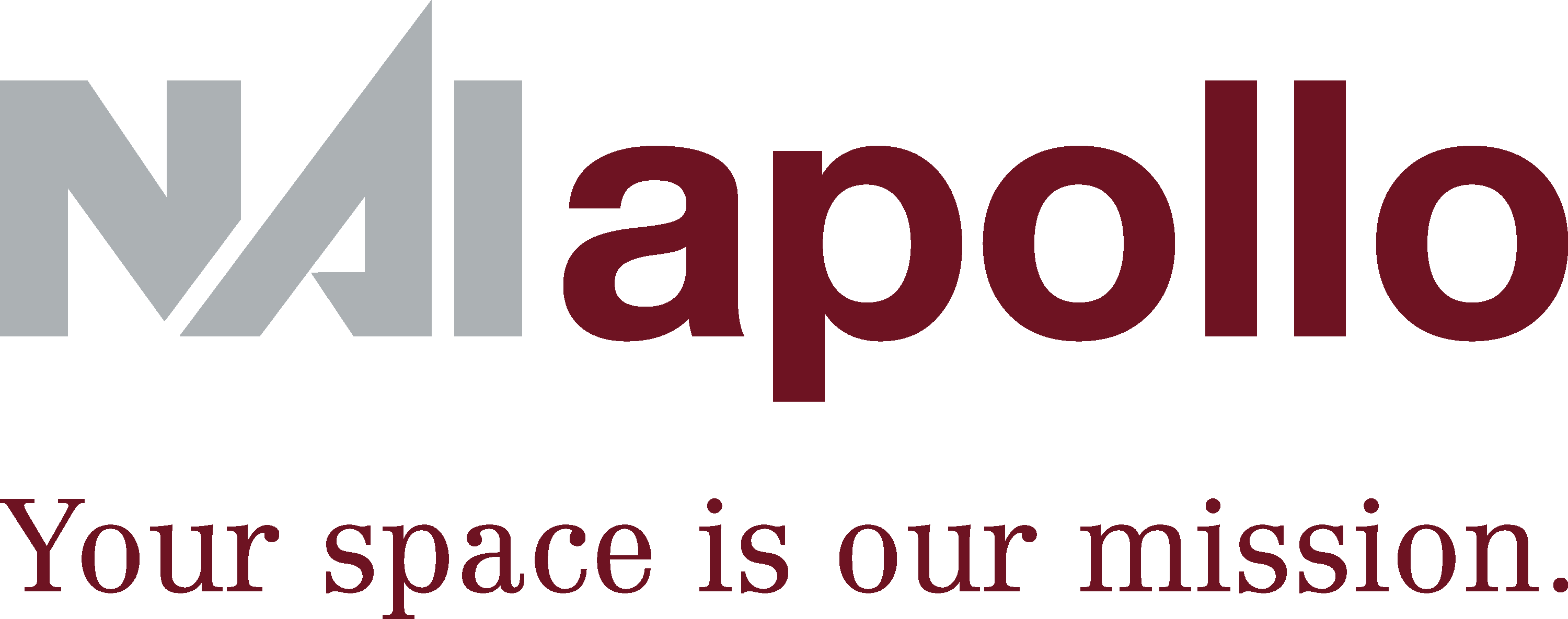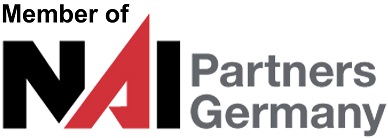NAI apollo: Activity on the logistics space market in Rhine-Main picks up in the second half of 2023
Frankfurt am Main, 24th January 2024 – The warehouse and logistics space market in the Rhine-Main region ended 2023 with a positive performance in the fourth quarter. According to the latest analysis by NAI apollo, space take-up by tenants and owner-occupiers amounted to around 172,800 sqm in the last three months of the year and exceeded the previous quarter’s result (Q3 2023: 164,800 sqm) by 4.9 % and the previous year’s result (Q4 2022: 73,900 sqm) by as much as 133.8 %. For 2023 as a whole, take-up increased to around 484,700 sqm. Although this is above the 2022 full-year figure of 345,600 sqm (+40.2 %), the result remains below average in a long-term comparison (average 2013-2022: 621,000 sqm).
“In the last ten years, the full-year result has fallen below 500,000 sqm only three times, in 2019, 2022 and now 2023. However, the positive market trend in the second half of 2023 ensured that we have at least come close to this level again,” said Michael Weyrauch, Head of Industrial and Logistics at NAI apollo. A better result was primarily prevented by the severe shortage of space. Indeed, demand for space remains high in the Rhine-Main region despite the difficult economic environment, but cannot be met by the existing supply. “The fact that market activity picked up in the second half of the year, and that we were ultimately able to achieve a positive result for the year in the current market environment, was largely owing to an increase in sub-letting activity. While such deals played little or no role in the past, a higher supply of sublet space offered some relief, including in the segment for large spaces,” said Dr Konrad Kanzler, Head of Research at NAI apollo. Space available for sub-letting primarily consisted of retail space that remained unoccupied following earlier rentals of large premises.
Higher take-up in segment for large spaces
Take-up activity was highest in the segment including spaces larger than 10,000 sqm. “Take-up in this segment amounted to 211,700 sqm, of which almost 30 % related to sub-lettings. This is followed by the ‘5,001-10,000 sqm’ cluster with 98,000 sqm. Year-on-year increases were registered in both cases, with 114.5 % and 64.9 % respectively. Annual decreases were recorded for all other segments, which include smaller spaces of up to 5,000 sqm. In total, take-up in these segments amounted to around 175,000 sqm, a decline of 6.7 % compared to 2022,” said Stefan Weyrauch, Co-Head of Industrial and Logistics at NAI apollo. The largest deals in both Q4 and the year as a whole included the lease of around 23,000 sqm by Dealer Tire Europe in Gernsheim am Rhein, distributed between an existing space and a new extension. Also worth noting are the leases signed in the third quarter by Mercedes Benz AG and the Nagel Group for a total of around 40,000 sqm in a property of CBRE Investment Management in the Trebur district of Geinsheim.
New buildings make smallest market contribution in ten years
The new building segment continued to lose relevance in the past year. Space take-up in construction projects, including the start of work on owner-occupier projects and lettings in project developments, amounted to 95,700 sqm, which is 62.2 % below the ten-year average (2013-2022: 253,100 sqm). Overall, new developments accounted for a market share of only 19.8 %, which represents the lowest figure for the last ten years. “Demand for modern space remains high, but there is a lack of corresponding supply. As a result of the excess demand, rents have also continued to rise. The prime rent for warehouse and logistics spaces of 5,000 sqm or more stood at €7.80/sqm at the end of the year, 50 cents higher than the previous year’s level,” said Stefan Weyrauch.
Industry and manufacturing register strong gains
Transport, warehousing and logistics companies represented the most active user group last year (149,500 sqm), followed by companies from industry and manufacturing (144,100 sqm) and retail (121,900 sqm). “This has broken the dominance of logistics service providers and retail from previous years. Although all three sectors recorded take-up growth compared to 2022, the rate was significantly higher for industry and manufacturing with an increase of over 270 %. As a result, this group’s market share grew by 18.5 percentage points to 29.7 %, while logistics providers and retail lost shares in the single-digit range and now account for 30.9 % and 25.2 % respectively,” said Kanzler.
The strongest sub-markets in terms of take-up within the Rhine-Main region are once again the traditionally strong southern areas, which together account for a market share of 56.0 % with over 271,200 sqm. This is almost in line with the result from the previous year. Next is the “East” sub-market, which increased its market share to 24.7 % (2022: 13.4 %), mainly owing to several large lettings that took place in the fourth quarter. All other areas have fallen behind in comparison. This also includes the North-East, where market activity in previous years had been dominated by large lettings in project developments within the “Limes” intermunicipal commercial area near Hammersbach. In 2023, almost no lettings took place here because of a lack of available space.
Lack of new buildings remains the biggest problem
Activity on the warehousing and logistics market picked up significantly in the second half of 2023. Take-up reached 337,600 sqm in this period and exceeded the first six months’ result by almost 130 %. “However, it is unlikely that this represents a turnaround. Although inflation, interest rates and the economy appear to have bottomed out, the difficult macroeconomic conditions have not recently been the primary cause of the market slowdown. Indeed, excess demand has remained at a consistent level. As has long been pointed out, the biggest problem remains the lack of space. There are virtually no vacancies left, especially in the large space segment,” said Stefan Weyrauch.
New project developments will not ease the situation. Major new developments with space available for lettings remain the exception. “An increase in construction activity is unrealistic in view of the high interest and construction costs as well as the lack of suitable land for new projects. Further rental growth is therefore to be expected. Rents are under additional pressure owing to the increased importance of ESG compliance and, as a result, the higher demands of users in terms of sustainability and energy efficiency," said Michael Weyrauch. NAI apollo therefore expects prime rents to rise to up to €8.20/sqm in the coming months, exceeding the €8 threshold for the first time.

